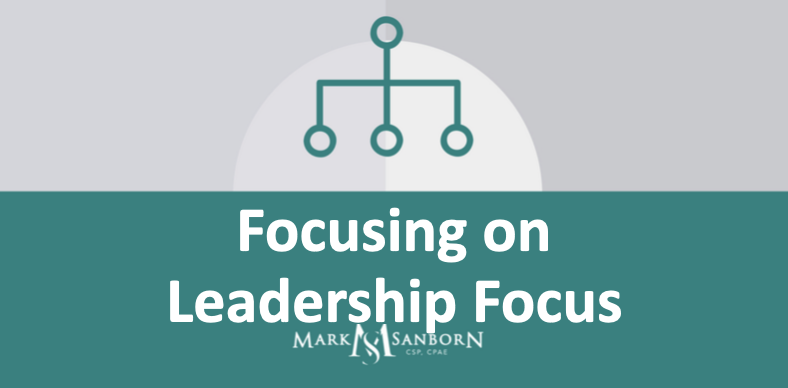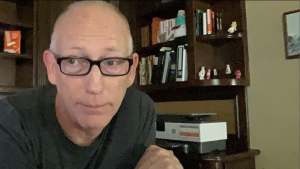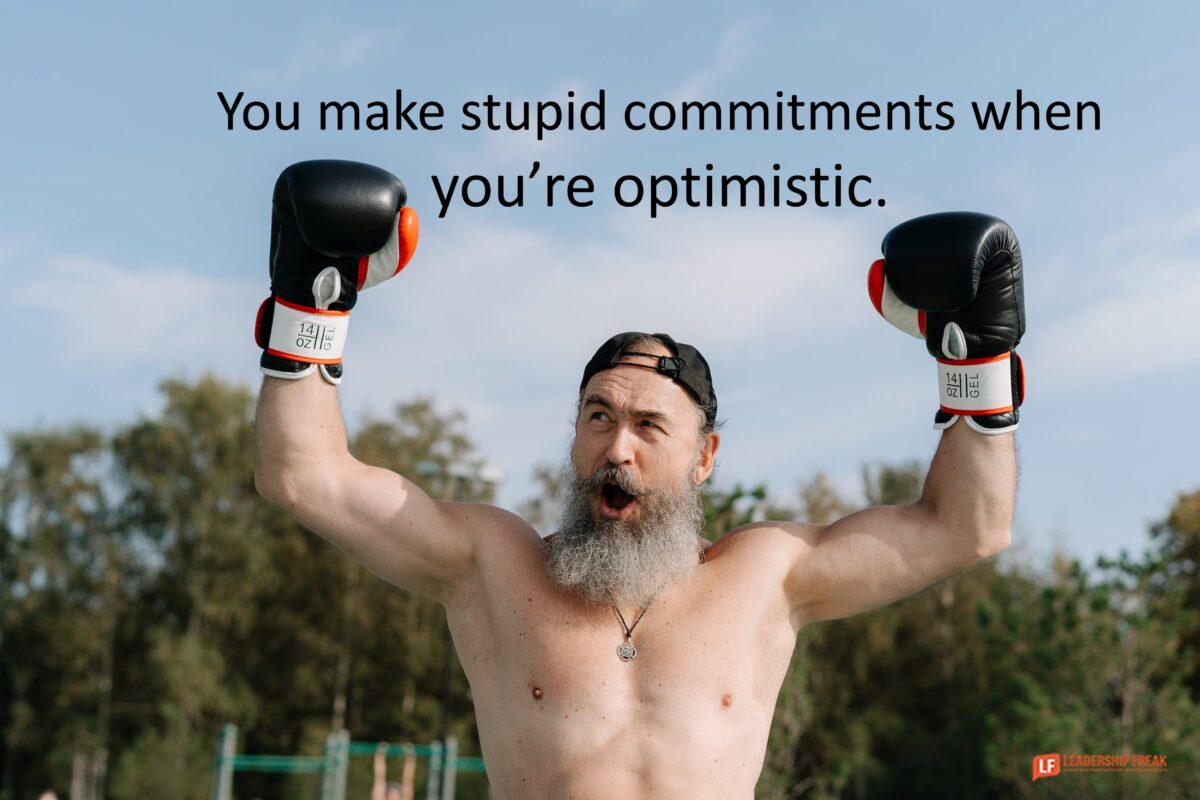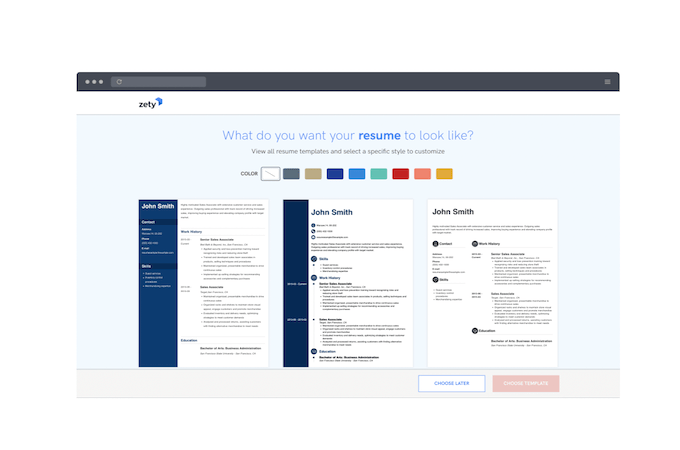 Mahatma Gandhi led India’s non-violent independence movement against British rule in the early 20th century. Gandhi was known for his unwavering focus on his ultimate goal of achieving independence for India, and he was able to inspire millions of people to join him in his cause.
Mahatma Gandhi led India’s non-violent independence movement against British rule in the early 20th century. Gandhi was known for his unwavering focus on his ultimate goal of achieving independence for India, and he was able to inspire millions of people to join him in his cause.
Despite facing tremendous challenges and obstacles, Gandhi never wavered in his commitment to non-violent resistance. He remained focused on his goal of independence and was able to rally others to join him in his cause. His focus was so strong that it ultimately helped to bring about one of the most significant political movements of the 20th century and the eventual independence of India.
Gandhi’s story is a powerful example of the importance of focus in leadership. It illustrates the way in which an unwavering focus on a goal can inspire and motivate others to join in the cause, and ultimately lead to significant change.
What is your focus?m
Focus is about what you spend your time thinking about and doing. It allows leaders to narrow their attention on the most important tasks, prioritize their efforts and allocate their energy, ultimately leading to better decision-making and improved productivity. Without focus, leaders become easily distracted and unable to effectively lead their team to achieve goals.
Effective leaders are able to maintain their focus despite the many distractions and competing demands that inevitably arise in any organization. They filter out noise and remain laser-focused on what needs to be done. This keeps them on track and able to inspire and motivate their team to do the same.
In addition to its role in decision-making and productivity, focus is also important for building trust and credibility with team members. When leaders are able to stay focused and avoid being swayed by external factors or distractions, team members are more likely to trust their judgement and follow their lead. This is particularly important in times of crisis or change, when a clear and focused vision is essential for guiding the team through difficult circumstances.
Overall, the ability to focus is a key component of successful leadership. It enables leaders to stay on track, make better decisions, and inspire their team to follow their lead. Without focus, it is difficult for leaders to effectively navigate the challenges and demands of their role and lead their team to success.
Here are three practical questions:
- How focused are you?
- Are your team members focused on doing the important things and making best use of time?
- How effective are you at creating shared focus across the team or organization?
Craft a position paper for yourself and your team about the focus you’ll need to maintain and act on in the months ahead. Be thoughtful and concise, and leave no doubt about what matters most.
You need to focus on your leadership focus.
Mark Sanborn is an award winning speaker, leadership strategist and Leadership Expert in Residence at High Point University, the Premier Life…









 { /** * Displays toast message from storage, it is used when the user is redirected after login */ if ( window.sessionStorage ) { $( window ).on( ‘tcb_after_dom_ready’, () => { let message = sessionStorage.getItem( ‘tcb_toast_message’ ); if ( message ) { tcbToast( sessionStorage.getItem( ‘tcb_toast_message’ ), false ); sessionStorage.removeItem( ‘tcb_toast_message’ ); } } ); } /** * Displays toast message */ function tcbToast( message, error, callback ) { /* Also allow “message” objects */ if ( typeof message !== ‘string’ ) { message = message.message || message.error || message.success; } if ( ! error ) { error = false; } TCB_Front.notificationElement.toggle( message, error ? ‘error’ : ‘success’, callback ); } } )( typeof ThriveGlobal === ‘undefined’ ? jQuery : ThriveGlobal.$j ); ]]> ‘ + data.settings.title + ” : ” }}} ]]>
{ /** * Displays toast message from storage, it is used when the user is redirected after login */ if ( window.sessionStorage ) { $( window ).on( ‘tcb_after_dom_ready’, () => { let message = sessionStorage.getItem( ‘tcb_toast_message’ ); if ( message ) { tcbToast( sessionStorage.getItem( ‘tcb_toast_message’ ), false ); sessionStorage.removeItem( ‘tcb_toast_message’ ); } } ); } /** * Displays toast message */ function tcbToast( message, error, callback ) { /* Also allow “message” objects */ if ( typeof message !== ‘string’ ) { message = message.message || message.error || message.success; } if ( ! error ) { error = false; } TCB_Front.notificationElement.toggle( message, error ? ‘error’ : ‘success’, callback ); } } )( typeof ThriveGlobal === ‘undefined’ ? jQuery : ThriveGlobal.$j ); ]]> ‘ + data.settings.title + ” : ” }}} ]]>





 A tool like Zety can help you build and edit your resume.
A tool like Zety can help you build and edit your resume. 